Home>Technology>Home Entertainment Systems>What Distinguishes Television From Video Art?
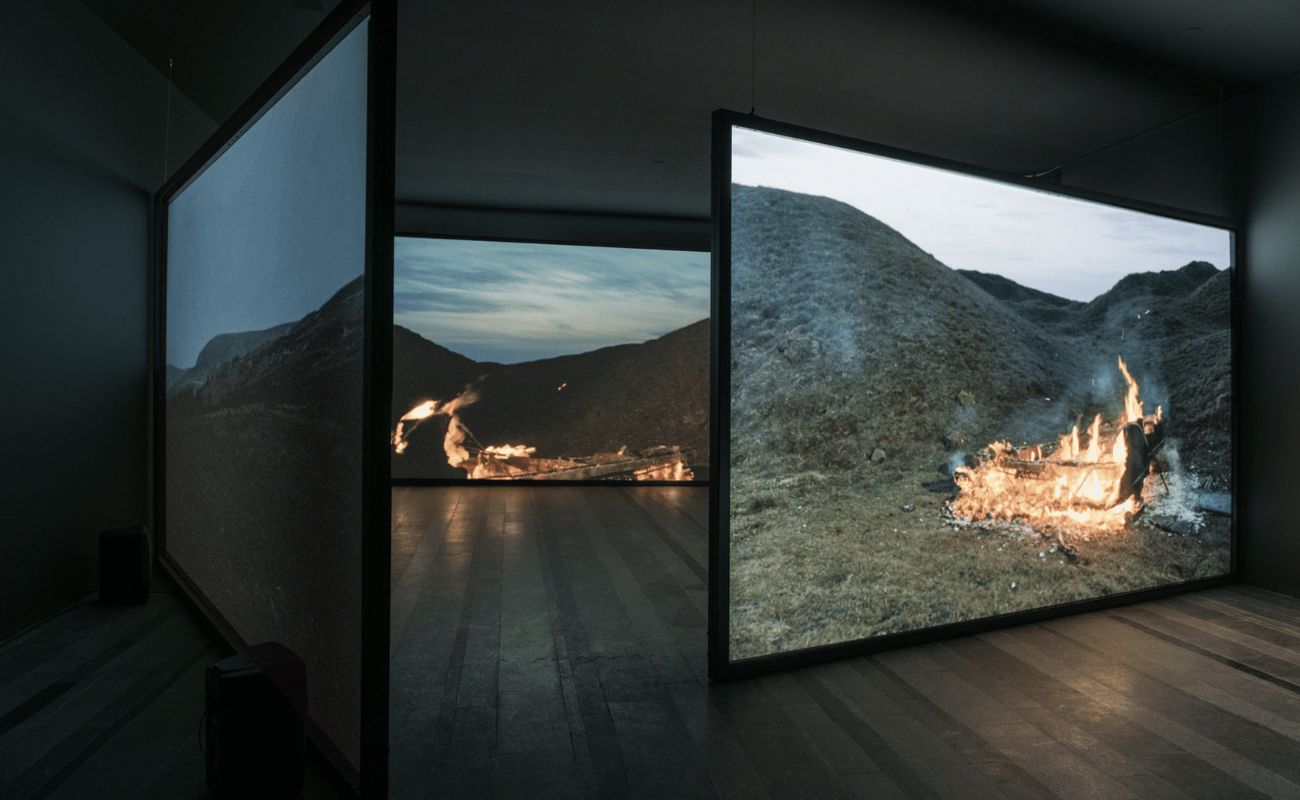

Home Entertainment Systems
What Distinguishes Television From Video Art?
Published: December 21, 2023
Discover the key differences between television and video art. Explore how home entertainment systems enhance your viewing experience. Learn more now!
(Many of the links in this article redirect to a specific reviewed product. Your purchase of these products through affiliate links helps to generate commission for Storables.com, at no extra cost. Learn more)
Introduction
Television and video art are two distinct forms of visual media that have significantly impacted our culture and entertainment landscape. While both mediums involve the use of moving images, they differ in various aspects, ranging from their historical origins to their technical characteristics and cultural influence. In this article, we will delve into the nuances that set television apart from video art, exploring the historical context, technical differences, narrative structure, audience engagement, and cultural impact of each medium. By examining these factors, we can gain a deeper understanding of how television and video art have shaped our perceptions and experiences of visual storytelling. Let's embark on a journey to uncover the unique attributes that distinguish television from video art, shedding light on their individual contributions to the realm of visual media.
Key Takeaways:
- Television and video art have unique origins, technical aspects, and storytelling approaches, shaping our cultural experiences in diverse ways.
- While television entertains and reflects society, video art challenges norms, fosters critical dialogue, and amplifies diverse voices in the cultural landscape.
Read more: What Distinguishes Dry Masonry Construction
Historical Context
To comprehend the disparities between television and video art, it is imperative to grasp their divergent historical trajectories. Television, a ubiquitous fixture in modern households, emerged as a mass medium during the mid-20th century. Its roots can be traced back to the pioneering efforts of inventors and engineers such as John Logie Baird and Philo Farnsworth, who laid the groundwork for the development of electronic television systems. The advent of commercial television broadcasting in the 1940s marked a transformative moment in history, ushering in an era of unprecedented access to audiovisual content within the confines of people’s homes.
On the other hand, video art, a relatively contemporary art form, burgeoned in the 1960s and 1970s alongside the burgeoning avant-garde and experimental art movements. Artists such as Nam June Paik and Joan Jonas harnessed emerging video technologies to create innovative works that challenged traditional artistic conventions. Video art, often showcased in galleries, museums, and alternative art spaces, represented a departure from the mainstream, offering a platform for artists to explore the potential of the moving image as an artistic medium.
These distinct origins underscore the divergent trajectories of television and video art. While television evolved as a mass medium catering to broad audiences, video art emerged as a niche form of artistic expression, captivating enthusiasts of avant-garde and experimental art. Understanding the historical underpinnings of these mediums illuminates the disparate contexts in which they evolved, setting the stage for an exploration of their technical disparities and cultural significance.
Technical Differences
One of the fundamental distinctions between television and video art lies in their technical underpinnings. Television, as a mainstream broadcasting medium, relies on standardized formats and transmission protocols to deliver content to a wide audience. It encompasses a diverse array of genres, including news, entertainment, sports, and documentaries, each adhering to specific production and broadcasting standards. The technical infrastructure of television encompasses broadcast towers, satellite uplinks, cable networks, and digital streaming platforms, facilitating the widespread dissemination of audiovisual content.
In contrast, video art operates within a more flexible and experimental technical framework. Artists working in this medium often manipulate and repurpose video equipment to create unconventional visual experiences. Video art installations may encompass multi-channel projections, interactive elements, and non-linear narratives, defying the conventions of traditional linear storytelling. Moreover, video art frequently explores the intersection of visual imagery, sound, and technology, pushing the boundaries of what constitutes a cohesive audiovisual composition.
Furthermore, the production processes for television and video art diverge significantly. Television programs typically adhere to rigorous production schedules and industry standards, involving large production crews, professional actors, and post-production editing. In contrast, video art often embraces a more DIY ethos, with artists assuming multifaceted roles as directors, performers, and editors. This hands-on approach allows for greater artistic freedom and experimentation, enabling artists to imbue their works with deeply personal and idiosyncratic elements.
These technical disparities underscore the divergent approaches to content creation and dissemination in television and video art. While television adheres to established industry norms and technical standards, video art thrives on innovation, adaptability, and artistic ingenuity, harnessing video technology to transcend traditional artistic boundaries.
Narrative Structure
The narrative structure in television and video art represents another pivotal point of differentiation between the two mediums. Television, as a commercial and narrative-driven platform, predominantly adheres to conventional storytelling frameworks characterized by linear plot progression, character development, and thematic arcs. Whether through scripted dramas, sitcoms, or reality shows, television programs typically employ traditional narrative techniques to engage audiences and sustain their interest over multiple episodes or seasons. This structured approach to storytelling aims to captivate viewers and elicit emotional investment in the characters and plotlines.
Conversely, video art often diverges from traditional narrative paradigms, embracing abstract, non-linear, and fragmented storytelling techniques. Artists working in this medium frequently eschew traditional plot structures in favor of evocative visual compositions, symbolic imagery, and open-ended thematic explorations. Video art installations and experimental films may prioritize sensory experiences, visual metaphors, and conceptual inquiries, eschewing the need for conventional narrative coherence. This departure from linear storytelling conventions allows video artists to provoke introspection, challenge perceptual norms, and invite viewers to engage with the work on a more interpretive and contemplative level.
Moreover, the duration and presentation of narratives differ significantly between television and video art. Television narratives unfold over extended durations, spanning multiple episodes or seasons, with each installment contributing to a cohesive overarching storyline. In contrast, video art often condenses its narratives into immersive, self-contained installations or short films, leveraging the spatial and temporal dynamics of exhibition spaces to create impactful and ephemeral viewing experiences.
These divergent approaches to narrative structure underscore the multifaceted nature of visual storytelling. While television prioritizes cohesive and immersive linear narratives to captivate audiences, video art embraces abstract, non-linear, and sensory-driven storytelling techniques to provoke introspection and contemplation.
Television is typically created for mass consumption, while video art is often more experimental and intended for artistic expression. Television is also often commercialized, while video art is more focused on artistic vision.
Audience Engagement
The dynamics of audience engagement in television and video art exhibit notable disparities, reflecting the distinct nature of their respective mediums. Television, as a mass-consumed form of entertainment, aims to captivate broad audiences through a diverse range of programming tailored to different demographics and viewing preferences. From gripping dramas to lighthearted comedies and live events, television content is designed to attract and retain viewership, often incorporating audience feedback and ratings to gauge popular appeal and make programming decisions.
Conversely, video art, with its emphasis on avant-garde expression and experimental aesthetics, targets a more specialized and culturally attuned audience. Video art installations and exhibitions often cater to art enthusiasts, scholars, and individuals with an interest in unconventional visual experiences. The immersive and thought-provoking nature of video art encourages viewers to engage with the work on a contemplative and interpretive level, fostering a more intimate and introspective connection between the artwork and the audience.
Furthermore, the modes of consumption and reception differ significantly between television and video art. Television content is predominantly consumed within domestic settings, where viewers passively receive and interact with the broadcasted material. In contrast, video art often thrives in curated gallery or museum environments, where viewers actively immerse themselves in the spatial and conceptual dimensions of the artwork, fostering a more participatory and sensorial engagement with the visual content.
These distinctions in audience engagement underscore the diverse strategies employed by television and video art to connect with viewers. While television seeks to entertain and engage mass audiences through a diverse array of programming, video art cultivates a more nuanced and immersive connection with a culturally attuned and introspective audience, inviting them to explore the boundaries of visual expression and perception.
Read more: What Is Television
Cultural Impact
The cultural impact of television and video art extends beyond their roles as entertainment mediums, influencing societal perceptions, artistic expression, and visual storytelling conventions. Television, as a pervasive and influential medium, has played a profound role in shaping popular culture, disseminating social narratives, and reflecting prevailing societal norms. From iconic sitcoms that mirror everyday life to groundbreaking news coverage that shapes public discourse, television has become a mirror that reflects and refracts the collective consciousness of society.
Moreover, television has the power to catalyze social change and foster empathy by addressing pertinent social issues and promoting diverse representation. Through thought-provoking dramas, documentaries, and news programming, television has the capacity to raise awareness, challenge prejudices, and amplify marginalized voices, contributing to a more inclusive and empathetic cultural landscape.
On the other hand, video art has carved a distinct cultural niche, challenging established artistic conventions and redefining the boundaries of visual expression. Video art installations and exhibitions serve as crucibles for avant-garde experimentation, enabling artists to provoke critical inquiry, transcend traditional aesthetic norms, and engage with pressing sociopolitical issues. By pushing the boundaries of visual storytelling and perception, video art has enriched cultural discourse, fostering a deeper appreciation for the intersection of technology, art, and societal commentary.
Furthermore, video art has contributed to the democratization of artistic expression, providing a platform for marginalized voices, underrepresented narratives, and unconventional perspectives. By embracing diversity and experimentation, video art has expanded the cultural landscape, challenging audiences to confront new ideas and interpretations, and fostering a more inclusive and dynamic artistic milieu.
These distinct cultural impacts underscore the far-reaching influence of television and video art, illuminating their roles as catalysts for social reflection, artistic innovation, and cultural evolution. While television shapes popular culture and societal narratives, video art challenges artistic norms and fosters critical dialogue, enriching the cultural fabric with its avant-garde sensibilities and inclusive ethos.
Conclusion
Television and video art, while sharing the common ground of visual storytelling, embody distinct trajectories, technical frameworks, narrative structures, audience engagements, and cultural impacts. Television, as a ubiquitous mass medium, has permeated the fabric of popular culture, shaping societal narratives, fostering empathy, and reflecting the collective consciousness of society. Its ability to entertain, inform, and provoke social discourse has solidified its status as a cultural cornerstone, influencing generations and shaping the zeitgeist.
Conversely, video art has thrived as an avant-garde form of artistic expression, challenging established norms, and redefining the parameters of visual storytelling. Its immersive installations, experimental aesthetics, and conceptual inquiries have enriched the cultural landscape, fostering critical dialogue, and embracing diverse perspectives. Video art’s capacity to provoke introspection, democratize artistic expression, and amplify marginalized voices has positioned it as a catalyst for artistic innovation and social reflection.
By delving into the historical, technical, narrative, and cultural nuances of television and video art, we gain a deeper appreciation for the diverse tapestry of visual media. While television captivates broad audiences and shapes popular culture, video art challenges artistic conventions and fosters critical inquiry. Both mediums, with their respective strengths and influences, contribute to the multifaceted nature of visual storytelling, enriching our cultural experiences and broadening our artistic horizons.
As we navigate the ever-evolving landscape of visual media, it is essential to recognize and celebrate the unique contributions of television and video art, acknowledging their roles as cultural touchstones and artistic provocateurs. Whether through the communal experience of television programming or the immersive introspection of video art installations, these mediums continue to shape our perceptions, challenge our assumptions, and inspire our collective imagination, underscoring the enduring power of visual storytelling in our cultural tapestry.
Frequently Asked Questions about What Distinguishes Television From Video Art?
Was this page helpful?
At Storables.com, we guarantee accurate and reliable information. Our content, validated by Expert Board Contributors, is crafted following stringent Editorial Policies. We're committed to providing you with well-researched, expert-backed insights for all your informational needs.

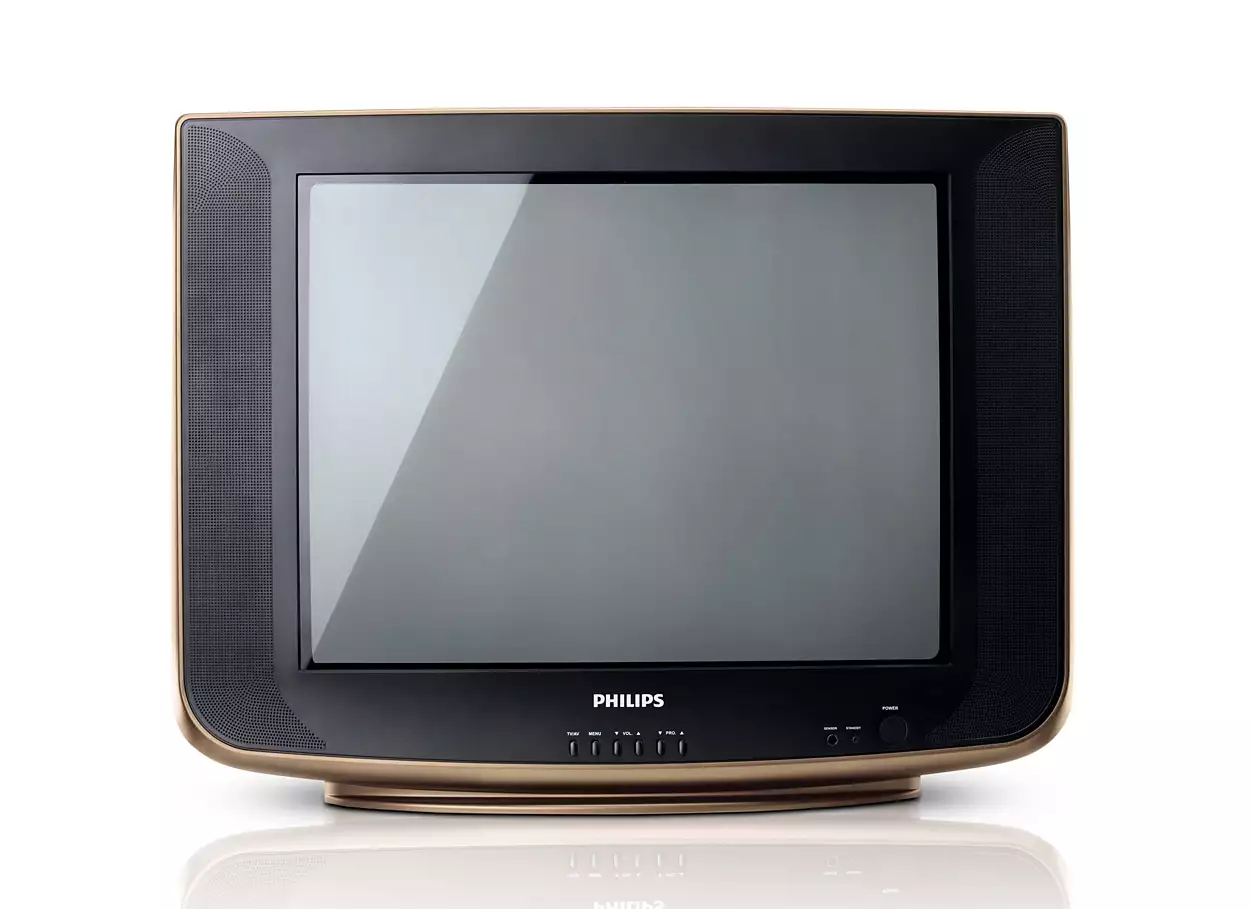
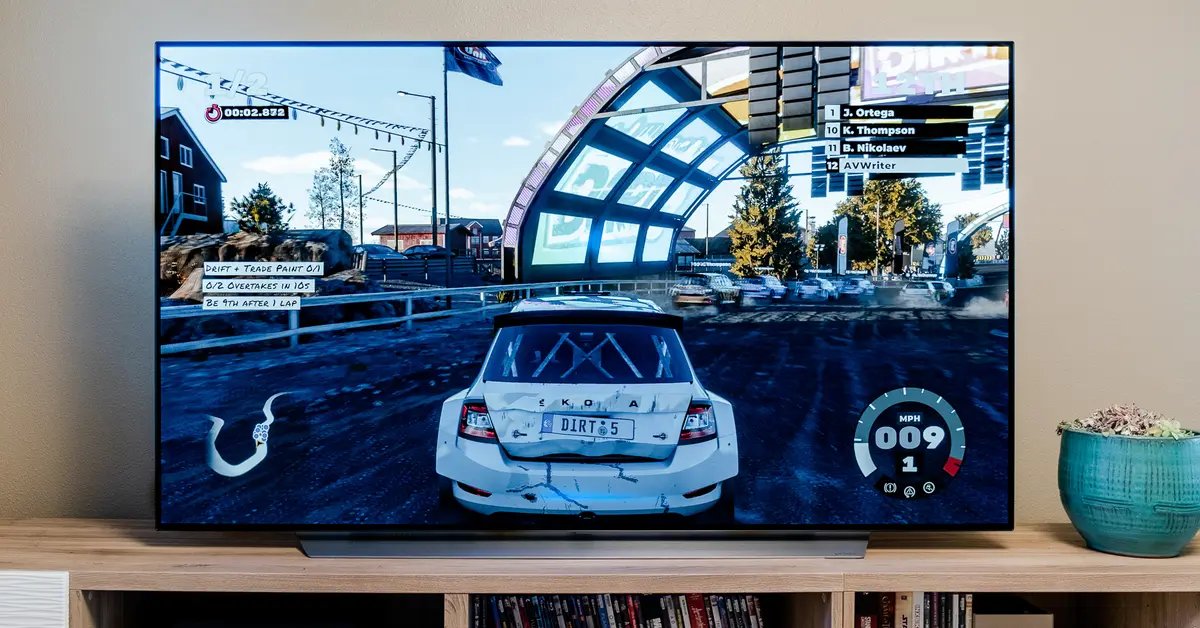
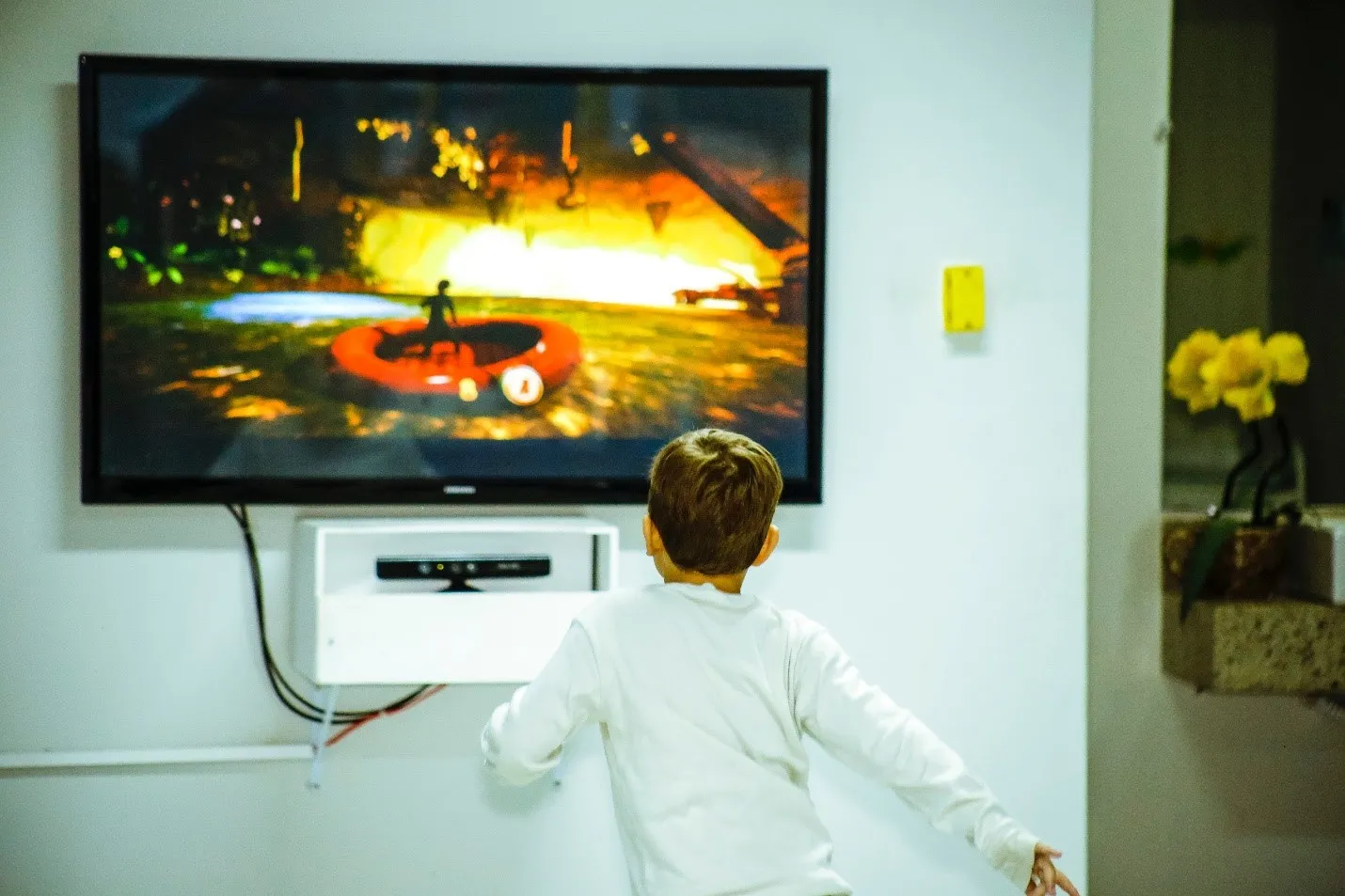






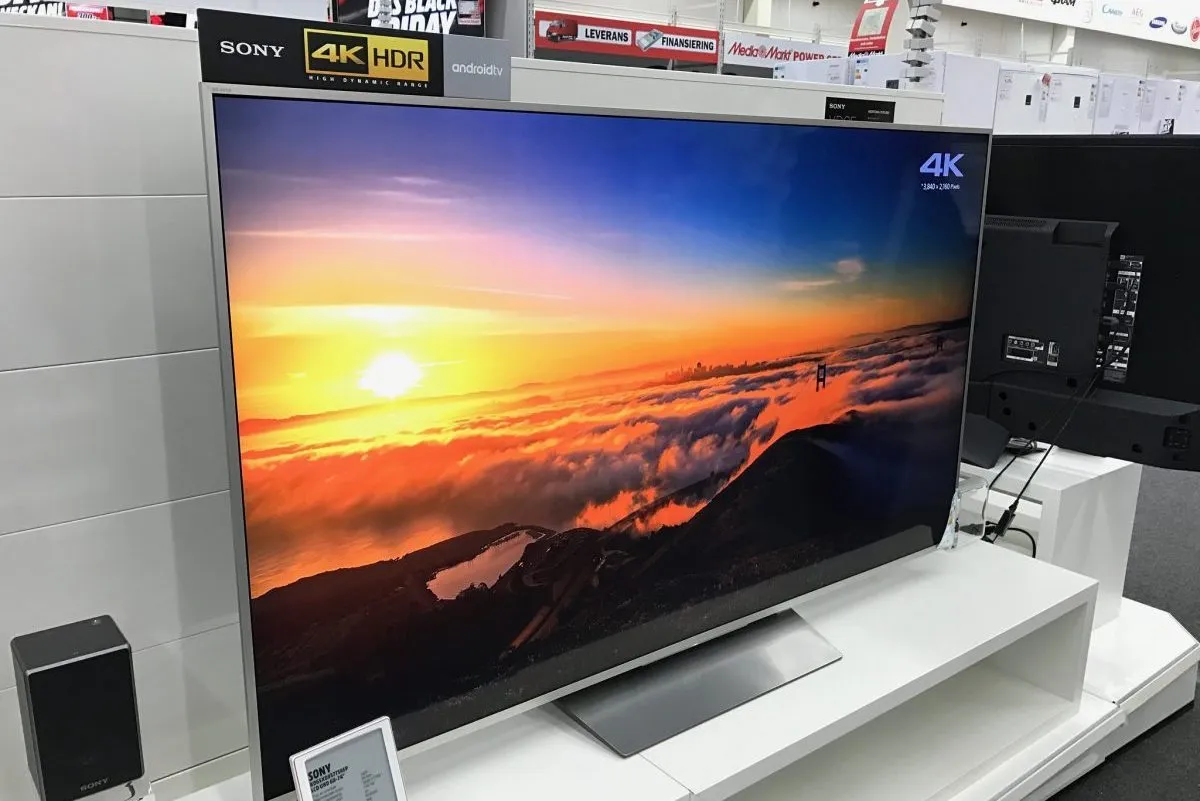




0 thoughts on “What Distinguishes Television From Video Art?”